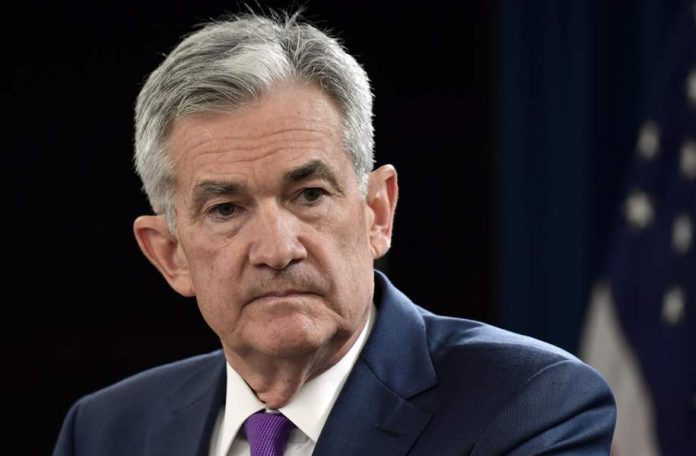Following a strong Monday session, stocks are rising once more. The Dow’s up 100 points (+0.40%) as of noon while the S&P (+0.80%) and Nasdaq Composite (1.10%) push higher, too.
Three FAANG companies – Apple, Amazon, and Netflix – have gained over 1.00% on the day.
The market’s finishing strong to close out one of its best quarters in decades. Bulls have flexed their muscles since the Covid-19 crash, launching the major indexes back toward their all-time highs.
Will the rosy sentiment continue into July?
According to Tom Essaye, founder of The Sevens Report, stocks could be missing a few “key ingredients” necessary for an even more extended rally.
“A combination of 1) Stimulus, 2) Positive trends in the virus, 3) Economic reopenings and 4) Hopes for a vaccine drove stocks higher in Q2,” Essaye wrote.
“As we begin Q3, only one of those tailwinds is currently in place: Stimulus. That doesn’t mean we’ll see a correction, but be suspect of market rallies until we can add more forces supporting stocks, because we’re one stimulus disappointment away from an ugly day.”
Essaye echoes our own theory of the market’s current situation. With an uptick in Covid-19 infections and half of America still out of work, investors are running out of reasons to stay positive.
Stimulus via the Federal Reserve, arguably the most important driver of the post-crash rally, persists. Fed Chairman Jerome Powell has kept bulls in business over the last few months.
Any disruption of that stimulus could produce highly bearish consequences in the short-term as the world battles the coronavirus. The E.U. is starting to reopen its borders, signaling a potential European recovery in the near future.
Australia, however, just imposed lockdown measures on its largest state.
In the U.S., new confirmed cases continue to roll in. Florida just reported another daily infection gain of 6,000 on Monday. New York endured 13 more Covid-19-related deaths as well.
Overall, though, the mortality rate has fallen. The general population looks increasingly less at risk of suffering serious complications from the virus.
In fact, as of Sunday, up-to-date statistics showed that 43% of coronavirus-related deaths in the U.S. occurred in nursing homes, despite nursing home populations only accounting for 11% of the total number of confirmed cases.
Terrible as that data may be, it also suggests that for the non-elderly, the mortality rate is even lower.
On Monday, we talked about how the market may eventually hit a turning point. It’ll likely happen when the infection totals grow large enough to drive mortality down to seasonal flu-like levels. Right now, the general public doesn’t recognize that.
Neither do most politicians or corporations. Goldman Sachs released a report claiming that mandatory mask-wearing would save roughly 5% of U.S. GDP, as it would prevent new lockdowns from going into effect.
Instead, perhaps the better solution would involve examining the true danger of the virus to working Americans while isolating those who are more at risk.
Eventually, this will have to happen, either by mandate of state governments or the White House. More lockdowns would be economic suicide at this point for the U.S., and the Fed – despite the central bank’s recent actions – doesn’t want to provide endless stimulus if it doesn’t have to.
Powell tried to reduce the Fed’s balance sheet in 2018 to disastrous results. His heart is in the right place, but like the former Fed chairs that came before, his role is to simply “kick the can down the road.” Powell’s successor will likely be forced to do the same.
Because, in the end, the market needs stimulus (or quantitative easing) to keep rising. That trend started in 2008 with the financial crisis.
QE has often been called an economic “roach motel” – once you check in, you can’t check out. Powell attempted to lift the U.S. out of the QE trap when the economy was booming, and for that, I give him credit.
But his gambit only confirmed that the metaphor, crude as it may seem, is accurate. Covid-19 infections are rising and the “V-shaped” recovery is dead with America buying-in to “coronaphobia.”
Only stimulus will be able to save this market if we can’t change our collective perception of the pandemic.
And if Powell slows the stimulus tap, or worse, turns it off completely, there could be hell to pay.







